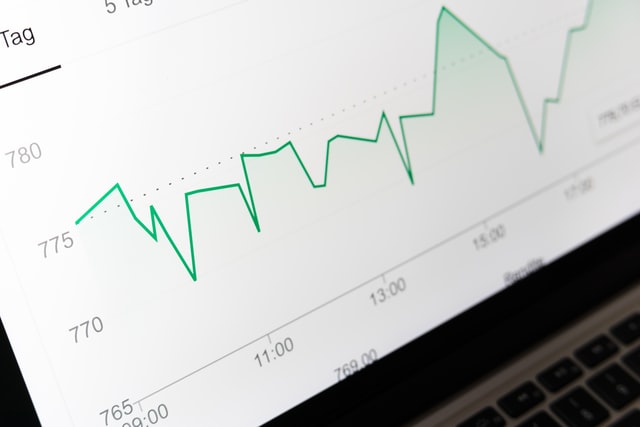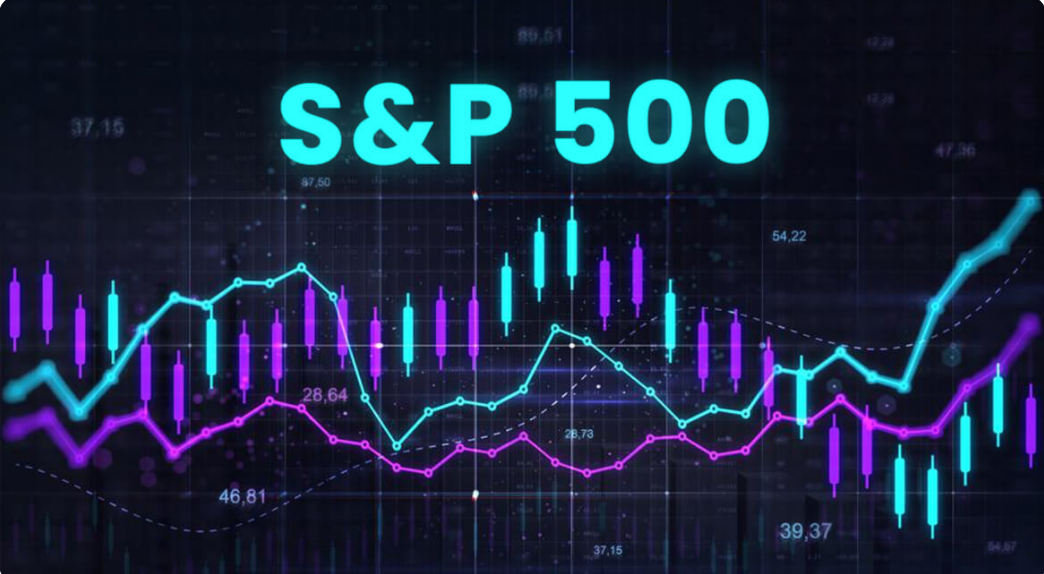
Cameron Murphy
Apr 01, 2022 11:16
The global bond market, which includes both private and public debt, now has roughly $120 trillion in outstanding liabilities. The US economy is estimated to be about $46 trillion (39 percent ).
The United States government pays for its expenditures through taxing citizens and issuing debt. The US Treasury funds deficit expenditure by issuing a variety of debt securities with varying maturities.
Treasury Bills have a one-month to one-year maturity.
Treasury Notes are issued with maturities ranging from two to ten years.
Treasury Bonds with maturities of 20 and 30 years are used to finance very long-term debt.
Over various timeframes, Treasury rates rise and fall in response to demand and expectations for the economy. In a "primary market" auction process with an inverse relationship between prices and yield, competitive bidders set yields. These prices and yields are determined by market players, not the US Federal Reserve (a.k.a. Fed).
The Fed establishes a target for the Fed Funds Rate and the Discount Rate, both of which are relatively short-term (overnight). Their strategy of decreasing or rising those rates has a considerable impact on the debt auctioning process, but they do not have direct control over it.
Here's a graph of the yield curve in the United States, which shows both a normal and an inverted curve. The red line depicts what is commonly referred to as a "normal" curve, in which longer-term debt yields more than shorter-term debt. This shows an expectation that inflation will erode gains over time, resulting in a higher yield. The blue line depicts an inverted curve, with shorter-term debt yielding more than longer-term debt.
In the last 60 years, every U.S. recession has been preceded by at least a partially inverted yield curve. It took anywhere from 6 to 36 months to get there, with an average of 22 months.
Every inversion of the yield curve, on the other hand, has not been followed by a recession. When employed as a predictor, an inverted yield curve suggests but does not guarantee a recession.
A recession is defined as two consecutive quarters of negative GDP growth. Short-term economic slowdowns that do not qualify as a full-fledged recession are unavoidable.
An inverted yield curve is a fairly good signal of a slowdown in the economy, but it is not always a recession.
Maybe. After the "Covid Crash" in March 2020, the Fed took the rare step of initiating "Quantitative Easing" to accelerate economic recovery during the last two years. The Federal Reserve has been expanding its balance sheet by purchasing longer-term bonds. The Fed has stated that it would begin selling bonds to decrease its balance sheet as the economy improves.
Many analysts believe that the Fed's actions have artificially kept long-term rates — particularly the 10-year — low, and that when the Fed stops selling its excess, those levels will likely rise. If this happens, the yield curve may steepen dramatically.
There's also disagreement on which parts of the yield curve should be compared. Comparing the 2- and 10-year yields (the "2/10") has long been a popular benchmark. Comparing 3-month and 10-year yields, according to some analysts, is a stronger indicator. And without a 3mo/10yr inversion, there is far greater skepticism about an impending recession.
We shouldn't base our investment decisions just on the yield curve. It's certainly intriguing, and it could be a precursor to a slowing, if not a recession. However, it is merely one piece of a larger puzzle.
I pay greater attention to technical indications of stock price activity and stock index valuations as a trader and investor. Even in a downturn, certain industries perform well while others struggle. Money is constantly moving. That's the ball I'm concentrating on.
On Options Trading Signals, we conduct defined risk trades every day that protect us against black swan events 24 hours a day, 7 days a week. Many people believe that's why stop losses exist.
Remember that the markets are only open for about a third of the day. As a result, a stop loss only protects you for a third of the day. Stocks can go up or down in price in a single day. Because we do specified risk in a spread with options, you are always covered. We cover it with several legs that stay on once you possess it.
If you're new to trading or have already traded stocks but want to learn more about options, visit The Technical Traders - Options Trading Signals Service. Brian Benson, the Chief Options Trading Specialist, has been trading options for almost 20 years and puts out real-time trade notifications on real-money transactions like TSLA and NVDA.

Mar 31, 2022 11:57

Apr 01, 2022 11:34